Once we've pulled the plug from the sink or flushed the toilet, the wastewater enters the sewerage system.
In the sewer, there's a mixture of water that was used for a variety of purposes in the home, at work or in leisure activities. There's also rainwater from roads, footpaths and roofs, and water used for business and industrial purposes.
Sewage contains a wide range of waste products. It contains:
- solids suspended in the water
- things dissolved in the water, and
- bacteria and other sewage micro-organisms living in the water.
On average, each of us generates 135 to 180 litres of sewage a day. Over 99.9% of sewage is liquid, with less than 0.1% solid.
There are five stages in sewage treatment:
Removes the large bits, sand and grit
Sewage contains lots of materials, like
- paper
- rubbish
- plastics
- cotton,and
- grit
which must be removed before treatment can begin.
The sewage is passed through a screen to trap this material, and then the material is macerated (broken up into smaller bits!), and put into a skip.
The screened sewage passes through the detritor, which slows down the flow of the water. Grit and sand sinks to the bottom, before the second stage begins . . .
Removing the small solids
The sewage enters a tank where it sits for a couple of hours allowing smaller particles, like grit and sand, to sink to the bottom.
The sludge at the bottom of the tank is drawn off and treated in a separate process called Accelerated Anaerobic Digestion.
Removes things that are dissolved.
Things that are dissolved in the water cannot be removed by settling, so we use bacteria to eat them.
These bacteria live in either activated sludge tanks or in filter beds.
Getting rid of dead bacteria and their waste
Once the sewage has been through the biological stage, we let it settle again to make sure it's clean.
Removing any harmful germs
At some sewage treatment works, the treated sewage is passed through ultra-violet lights before it finally re-enters the natural water cycle.
By passing the water through the ultra-violet lights, any disease causing micro-organisms left in the water are made harmless.
This treatment usually occurs at our coastal works. On completion of sewage treatment, the water is suitable for release into rivers and the sea.
Because the polluting matter has mostly been removed, it is not considered dangerous to any plant or animal life.
